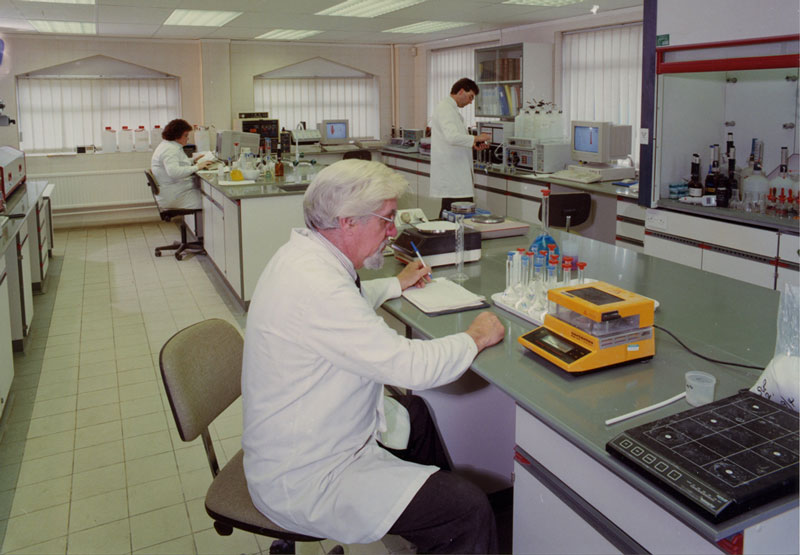Detection of bacteria helps wounds heal
Russian scientists discovered new characteristics of red bacteria, called so by bright red, that secrete wound healing substances.
Red bacteria , whose scientific name is deinocsantin, is found in red-orange vegetables like carrots. Previously, this bacterium was only considered to be highly resistant to radiation. According to recent studies by Chinese experts, it is deinocsantin that provides bacteria with this feature.
However, scientists from the Southern Federal University Institute of Biological Studies (Russia) have demonstrated that this substance not only protects against radiation, but also effectively "destroys" the excess " " Oxygen derives from toxic cells (these derivatives lead to oxidation to create dangerous substances).

Deinocsantin was tested in mice with diabetes. For half of the rats, people applied olive oil to body wounds. The other half uses the same oil but is supplemented with red bacteria.
Observe that the wound healing process in the second group of rats improved better. The wound heals the mouth faster than 15%.
Thus, deinocsantin accelerates tissue regeneration. This factor is particularly suitable for the treatment of diabetes. In patients, active forms of oxidation occur very quickly, causing wounds to heal slowly, and may even lead to surgical removal or death.
Theoretically, deinocsantin has the ability to maintain youthfulness. From a scientific point of view, aging is the process of cell poisoning due to oxidation by free radicals. Red bacteria with deinocsantin neutralize them, contributing to slow this process.
This group of authors is continuing to study how to use this feature of red bacteria for humans.
- Medical bandages have the ability to heal wounds by ... sucking bacteria
- Handheld devices help see bacteria on the wound
- Why does your wound heal?
- New findings: Your wounds heal faster in the daytime than at night
- Scientists found that the gene can heal itself
- Ointments made from maggots help wounds heal faster?
- America develops super chips that help heal wounds
- The patch helps to heal wounds
- Heal yourself like a Wolf
- Detecting dead skin helps to heal wounds faster
- Sugar pills help wounds heal even when antibiotics are
- Cell technology breakthrough helps heal large wounds on the skin
 Why do potatoes have eyes?
Why do potatoes have eyes? 'Tragedy' the world's largest carnivorous life: Death becomes ... public toilet
'Tragedy' the world's largest carnivorous life: Death becomes ... public toilet Tomatoes were once considered 'poisonous' for 200 years
Tomatoes were once considered 'poisonous' for 200 years Detecting microscopic parasites on human face
Detecting microscopic parasites on human face